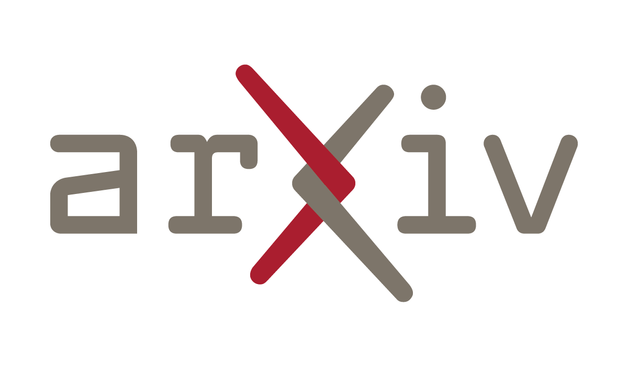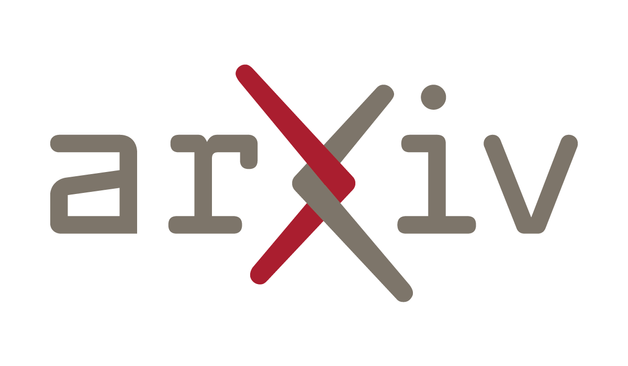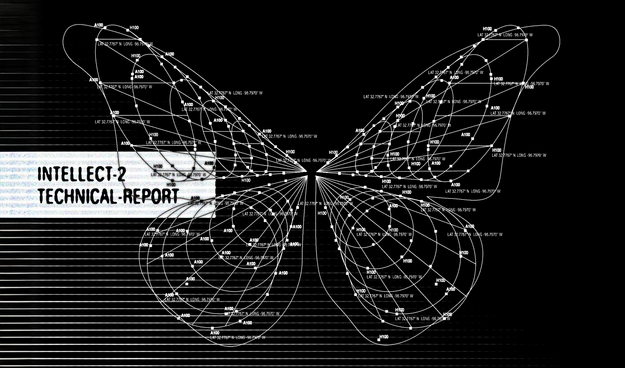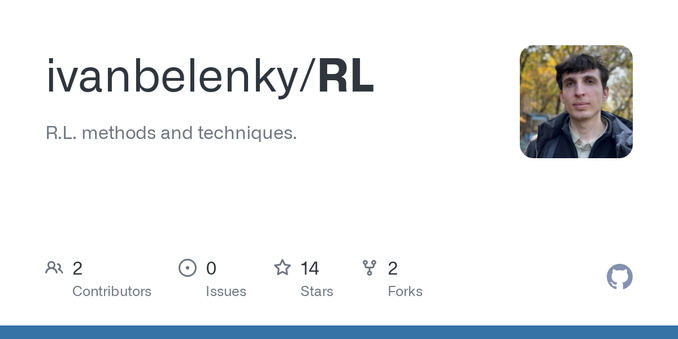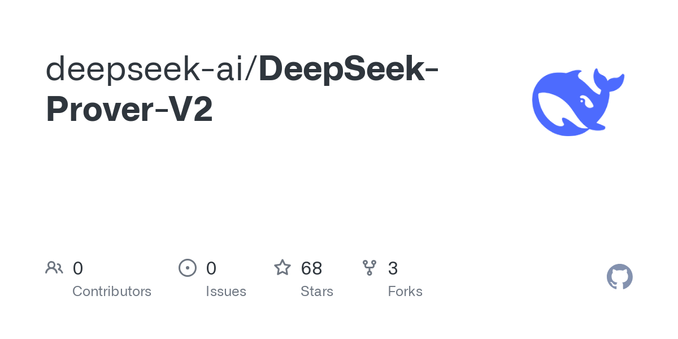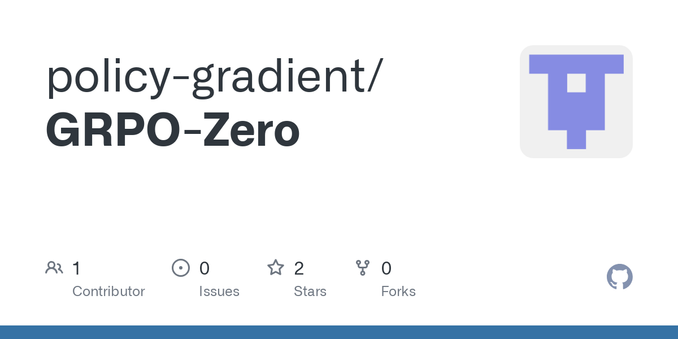➤ 強化學習如何驅動新一代 AI Agent 的發展
✤ https://www.understandingai.org/p/reinforcement-learning-explained
本文深入探討了強化學習 (Reinforcement Learning) 的原理及其在近期 AI Agent 發展中的關鍵作用。相較於僅僅預測下一個詞彙,強化學習使 AI 系統能更可靠地執行複雜的多步驟任務,例如程式設計、網頁研究等。文章追溯了從早期 BabyAGI 和 AutoGPT 的嘗試,到 Claude 3.5 Sonnet 和 o3 等成功 Agent 的誕生,並解釋了強化學習如何克服了傳統模仿學習的缺陷,進而提升 AI 模型的效能與穩定性。
+ 這篇文章用非常易懂的方式解釋了強化學習,讓我對 AI Agent 的運作原理有了更深刻的理解。
+ 我一直很好奇為什麼早期的 AI Agent 表現不佳,現在終於知道問題出在哪裡了,強化學習的確是關鍵!
#人工智慧 #機器學習 #強化學習 #AI Agents

